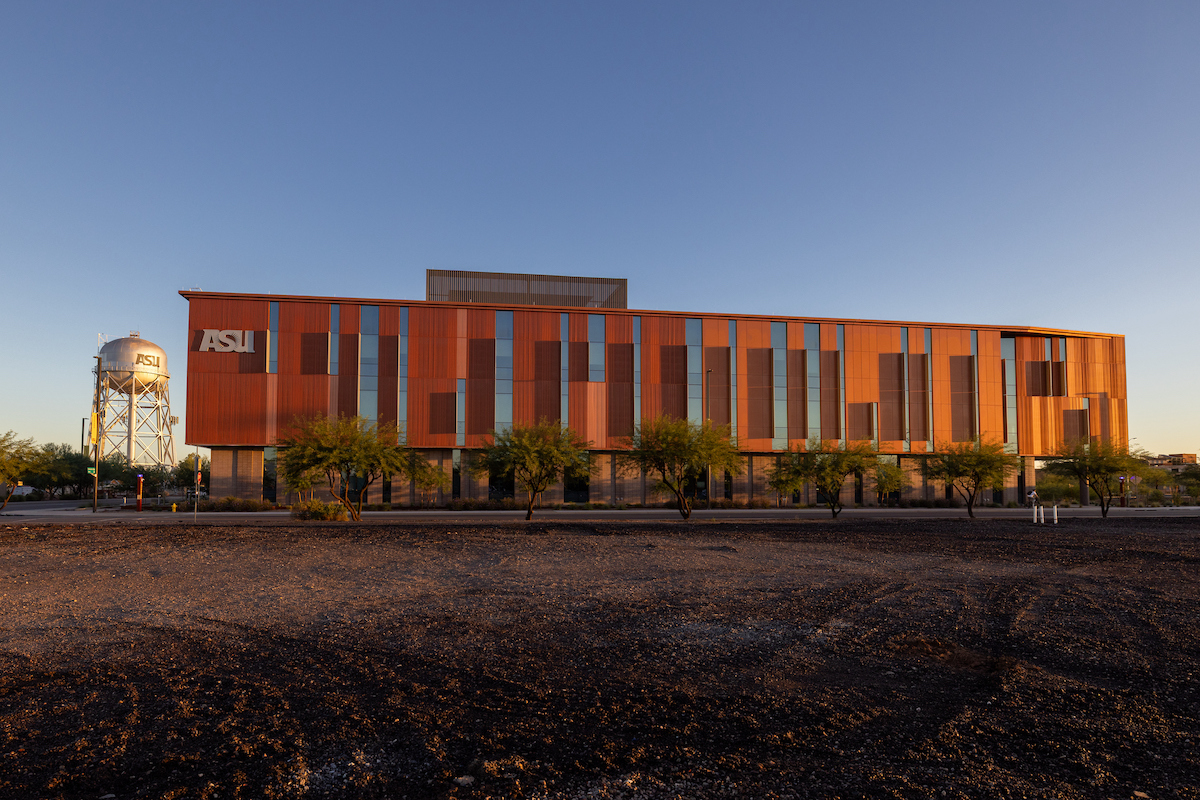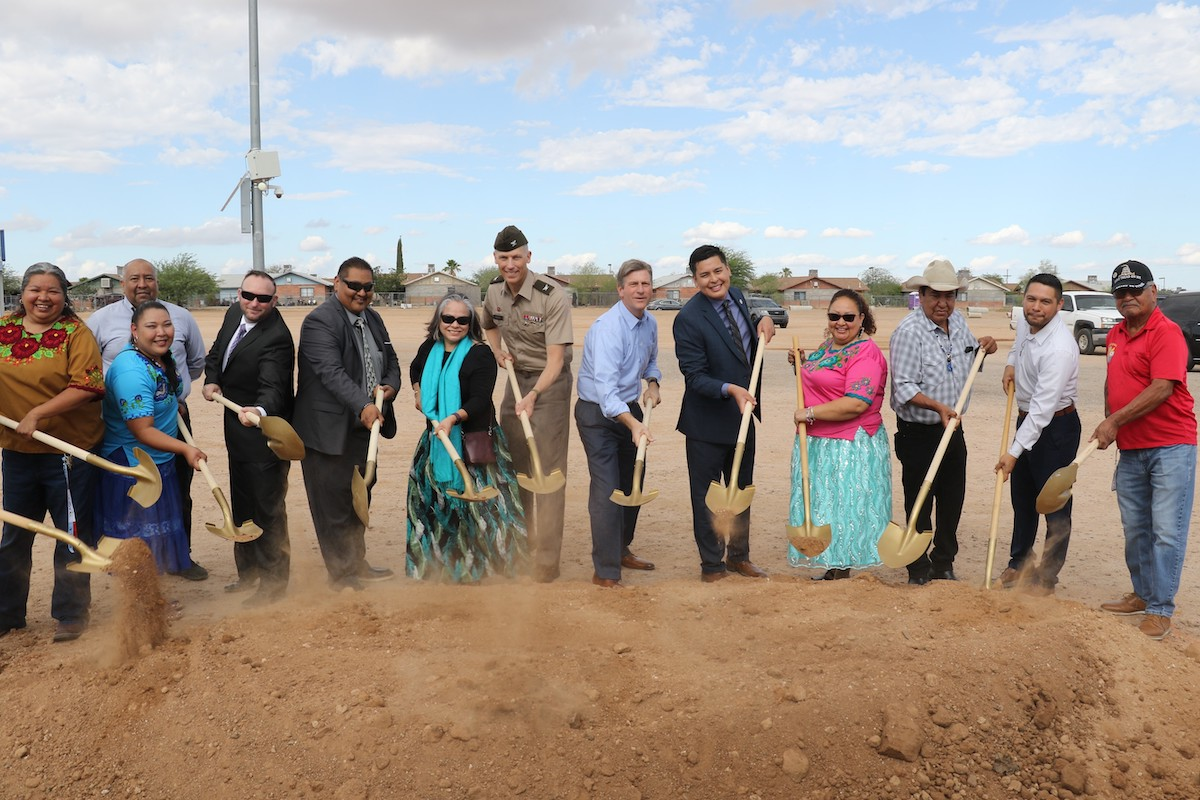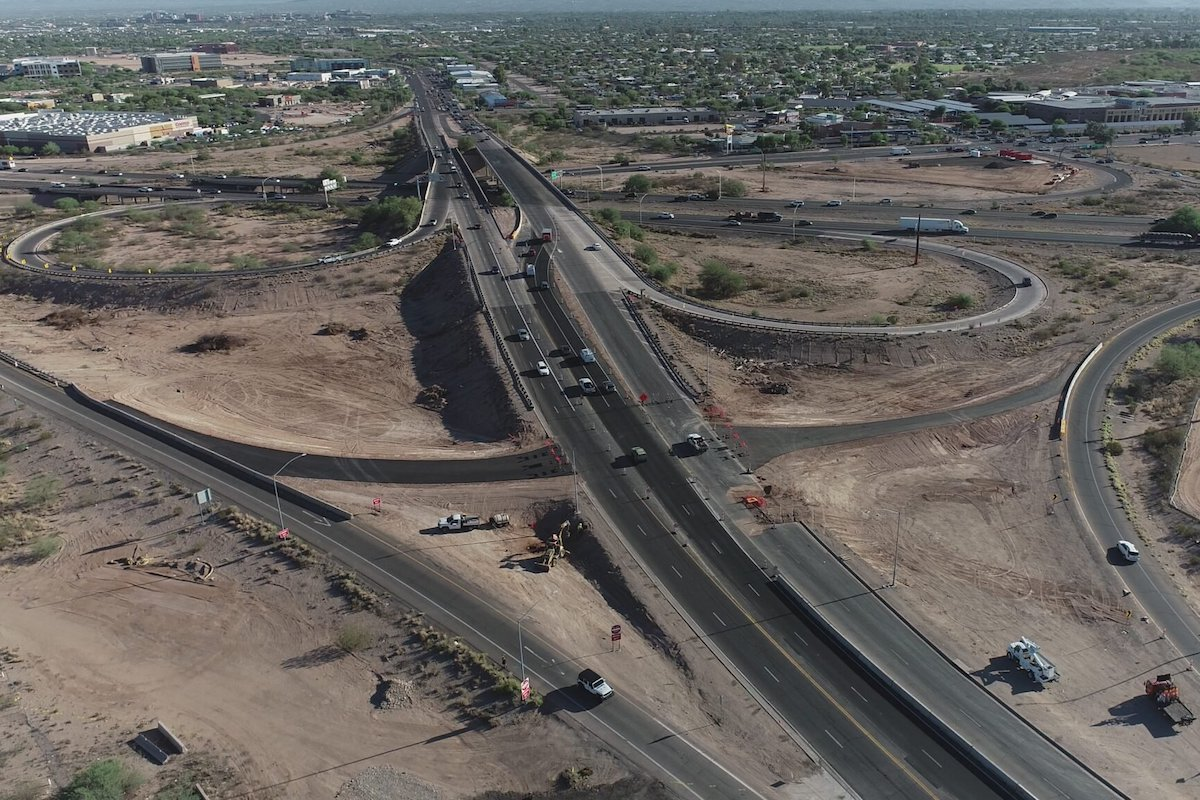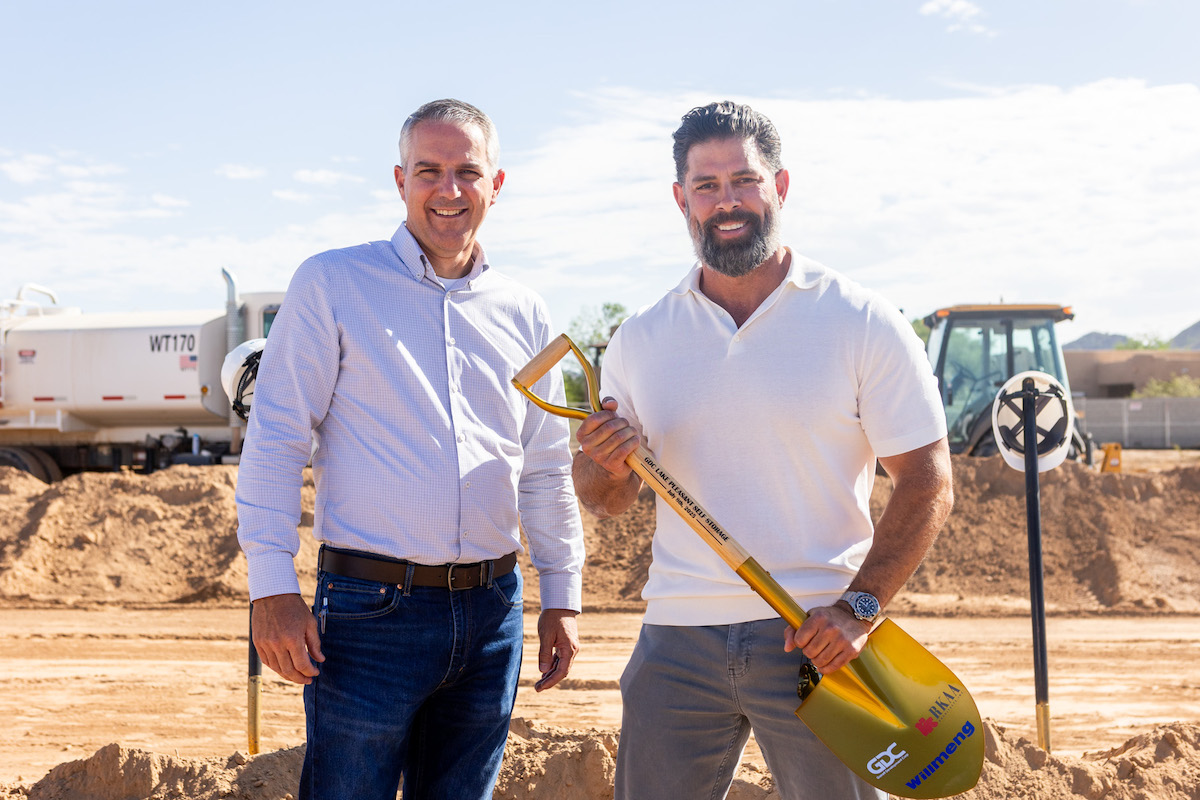While Wyoming’s infrastructure rates slightly higher than the national grade of C- assigned in the 2021 Report Card for America’s Infrastructure, low funding levels and harsh environmental conditions pose a significant threat. The report card also details how temporary funding from the federal Bipartisan Infrastructure Law (BIL), passed in November 2021, benefits Wyoming. However, continued state investment is needed to ensure the long-term success of the critical infrastructure systems people in Wyoming depend on daily. More than $2.3 billion in funding from the Bipartisan Infrastructure Law has been awarded for projects in Wyoming.
“The first ever Infrastructure Report Card for Wyoming provides a look at the challenges leaders across the state have maintaining crucial infrastructure services in Wyoming’s unique environment,” said Dustin Woods, P.E., Co-Chair, 2023 Report Card for Wyoming’s Infrastructure. “Roads, bridges, airports, and water systems help drive Wyoming’s economy. When these systems are in good shape, everyone benefits.”
Traffic deaths and road safety are also a cause for concern. In 2019, Wyoming had the highest traffic death rate per 100,000 people within the 50 states. 25.4 people per 100,000 people died on Wyoming roads compared to the national average of 11 deaths per 100,000 people.
Wyoming leaders have taken steps to improve bridges in the state. The number of bridges in poor condition dropped from 291 in 2017 to 230 in 2022. The state implemented an asset management plan based on bridge safety, traffic conditions, and available funding to determine what bridges are prioritized for rehabilitation or replacement. However, the age of Wyoming’s bridges presents future challenges. Nearly half of the state’s bridges are more than 50 years old and will face greater maintenance needs as they are used past their intended life span.

| Your local Volvo Construction Equipment dealer |
|---|
| Faris Machinery |
Wastewater systems received the lowest grade on Wyoming’s report card. Many of the publicly owned wastewater systems have not been upgraded since the 1960s and 1970s and will soon need replacement or rehabilitation. While the Bipartisan Infrastructure Law will add almost $10 million in funding for Wyoming’s wastewater needs, it is a small portion of the state’s five-year $450 million spending plan. Local funding for wastewater systems is also limited by low user fees and limitations on how much debt cities can incur to fund wastewater treatment projects.
- Increase rates and fees, charge for usage, and monitor equity impacts: Wyoming’s drinking water and wastewater systems currently spend more on essential costs than they collect in revenue from users in all systems. That must change to provide safe water infrastructure. Increased asset management tracking and capital project planning would highlight even more significant needs. To ensure consistent service, Wyoming needs to increase elected boards’ and councils’ awareness and education of utility management, tying infrastructure projects to board/council training. Wyoming needs to increase water rates, install and charge for usage rates, and proactively support residents or businesses for whom higher rates create unreasonable burdens. In addition, Wyoming systems must address water usage and look to future technology and equipment to reduce energy costs and water usage.
- Calculate future needs incorporating harsh environments and topography: Corrosive soil conditions degrading water pipes make more frequent replacements necessary. Drought conditions persisting decades and high plains with unforgiving remoteness call for more resilient systems.
- Capitalize on recent federal infrastructure investments: More than most states, Wyoming already understands the importance of federal investments. Infrastructure owners should capitalize on the historic, short-lived opportunities for extra help from the 2021 Bipartisan Infrastructure Law.
The Report Card was created as a public service to citizens and policymakers to inform them of the infrastructure needs in their state. Civil engineers used their expertise and school report card-style letter grades to condense complicated data into an easy-to-understand analysis of Wyoming’s infrastructure network. ASCE State and Regional Infrastructure Report Cards are modeled after the national Infrastructure Report Card, which gave America’s infrastructure an overall grade of C- in 2021.



































































